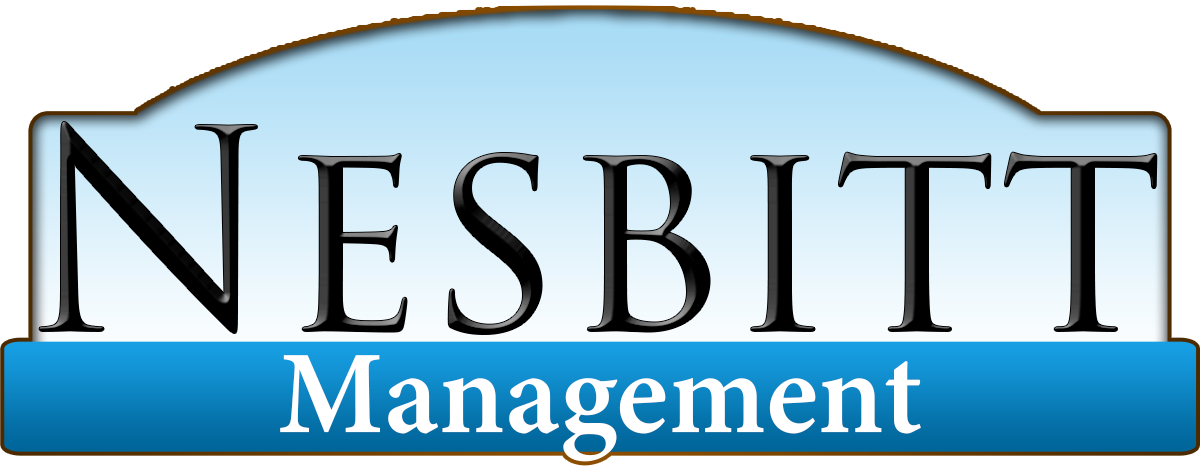Introduction
Ah, the HOA—where property values are protected, grass height is regulated, and passionate debates over mailbox colors unfold. Homeowners Associations (HOAs) keep communities looking sharp, but they also create some classic neighborhood dramas. At Nesbitt Realty, we’ve seen it all—from feuds over holiday decorations to all-out wars over street parking. Let’s dive into some common HOA disputes and how to keep the peace before someone calls a special board meeting (or worse, their cousin who’s “really good at law stuff”).
1. Disputes Over HOA Fees and Assessments
Nothing gets homeowners riled up faster than an unexpected increase in HOA fees. Some believe they should get an itemized breakdown before parting with their hard-earned cash, while others assume the board is funding a private golf retreat.
Resolution Strategies:
- Show them the money – Transparency is key. Regularly share financial reports so residents can see exactly where their dues are going (spoiler: probably not to a private golf retreat).
- Give advance warning – If fees are going up, communicate early and explain why (e.g., roof repairs, pool maintenance, or that one neighbor who insists on throwing pumpkins in the storm drain).
- Offer payment options – Life happens. Setting up payment plans can prevent tensions and keep the HOA from becoming the neighborhood villain.
2. Maintenance and Repair Disagreements
Whose job is it to fix that broken fence, the HOA or the homeowner? Answer incorrectly, and you might find yourself in a heated debate over property lines and bylaws.
Resolution Strategies:
- Spell it out – Ensure that maintenance responsibilities are clearly defined in the governing documents. If the bylaws say the HOA fixes fences but not driveways, stick to it.
- Routine check-ups – Proactive inspections can prevent minor issues from turning into major disputes (and major repair bills).
- Request system – A formal request process keeps things orderly. Bonus: It helps prevent those "I told you three months ago over brunch" claims.
3. Architectural and Landscaping Disputes
Everyone wants to put their personal touch on their home, but there’s always that one neighbor who thinks a neon green garage door is a good idea.
Resolution Strategies:
- Clear guidelines – Keep the community’s aesthetic in check by providing an easy-to-read rulebook (with plenty of pictures for those who "didn’t see it in the fine print").
- Fair approval process – Homeowners should be able to submit requests and receive timely responses—before they start ordering pink shingles.
- Room for compromise – Maybe the neon garage door is a no-go, but a tasteful turquoise? Let’s talk.
4. Parking and Vehicle Restrictions
Is that an RV parked on the lawn? Did Bob really think he could turn his driveway into a used car lot? Parking issues are the source of many HOA headaches.
Resolution Strategies:
- Set clear rules – If the community has a “no parking on the grass” policy, make sure everyone knows (and enforces) it.
- Visitor parking solutions – Designated spots or permits can help avoid confusion when guests arrive.
- Gentle reminders before drastic measures – A friendly note beats an angry tow truck situation any day.
5. Noise and Nuisance Complaints
Whether it's late-night bass-thumping music or a dog that believes in barking at the moon, noise disputes can quickly escalate into full-blown neighbor feuds.
Resolution Strategies:
- Set quiet hours – Establishing reasonable noise limits helps prevent conflict (sorry, garage band enthusiasts).
- Encourage direct talks – Before calling the HOA, try a polite chat with the neighbor first. A simple “Hey, could you keep it down after 10 PM?” works wonders.
- Step in when needed – If the issue persists, the HOA may need to mediate or enforce noise rules.
6. HOA Board and Homeowner Conflicts
Sometimes board members are accused of being power-hungry, while homeowners feel like they’re being unfairly targeted. It’s democracy in action, but with a lot more emails in ALL CAPS.
Resolution Strategies:
- Stay transparent – Hold regular meetings and keep homeowners informed about decisions. No secret agendas, no surprises.
- Encourage participation – More engagement means fewer complaints (or at least more constructive ones).
- Enforce rules fairly – No playing favorites—everyone follows the same guidelines, even if they bring homemade cookies to the meetings.
7. Pet Policy Disagreements
Pets bring joy to many, but they also bring… disagreements. From disputes over breed restrictions to mystery poop incidents, HOAs often find themselves playing referee.
Resolution Strategies:
- Define pet policies – Be clear about size, breed, and behavior expectations. A 120-pound Great Dane in a “small pets only” complex? Probably not ideal.
- Provide pet-friendly areas – Having a designated pet zone can minimize conflicts.
- Enforce clean-up rules – No one wants to step in a surprise on their morning walk. Issue gentle reminders before resorting to fines.
Conclusion
HOA disputes are inevitable, but they don’t have to turn into a neighborhood soap opera. Clear rules, open communication, and fair enforcement go a long way in keeping the peace. At Nesbitt Realty, we believe a well-managed community is a happy one—where disagreements are resolved before they end up in a dramatic Nextdoor thread.
Now, go forth and keep your neighborhood harmonious! (And maybe double-check your mailbox color, just in case.)
